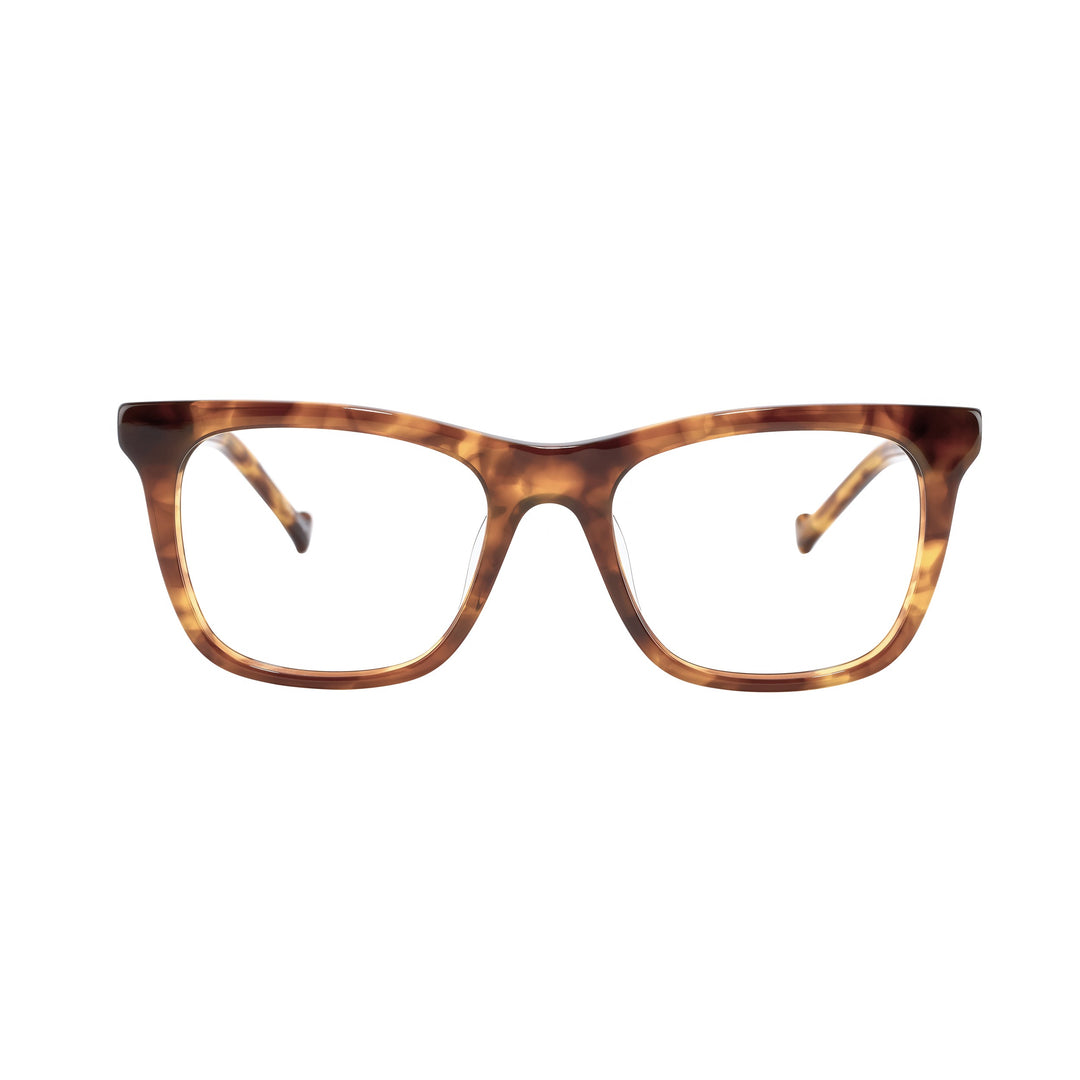
Reading Glasses: Why lens material is important in eliminating eye strain
Written by Renee Bachner | 0 commentsKnown for high optical clarity and durable properties which include scratch resistance, CR-39, also referred to as ophthalmic grade plastic, is the preferred choice of lens material in prescription eyewear and used in all of RENEE’S READERS single vision reading eyewear.
CR-39 lenses are made from high-quality raw materials that are manufactured using technically advanced processes. The name CR-39 comes from the Columbia Resin Chemical Company who invented it in 1942 and because it was their 39th formulation.
CR-39 maintains its material properties such as a consistently clear state, lens stability and has the highest scratch resistance of any uncoated optical plastic. Since all plastics scratch, it’s good to apply a hard coat to increase its scratch resistance- which we do.
The range in quality of CR-39 lenses varies from low grade to premium grade and as you would expect lens clarity varies with quality grade levels. Lens quality on its own is not enough for best and most comfortable reading, lenses should be made to precise optical standards. You can read more about this here
Polycarbonate is another ophthalmic lens material used in reading glasses. You will find it in rimless and very thin frame readers whose frame design requires lens strength and impact resistance. Chromatic aberrations are higher and with an Abbe Value of 30 (a measure of image distortion), polycarbonate has poor optical clarity but its impact resistance makes its use common in prescription eyewear.
Acrylic lenses, whose technical name is polymethacrylate, has become customary in most ready-made reading glasses. The index of refraction (1.49) and the Abbe value (58) are the same for both acrylic and CR-39 so in itself as a plastic material you might think that they should offer the same clarity.
BUT the noticeable difference between these two plastics is in their material properties and in the manufacturing process of the lenses themselves.
Acrylic is by nature, flexible. This makes acrylic optical lens surfaces prone to irregularities so that its use for reading lenses or any lenses is not a best choice, it is a cost effective choice. A smooth and uniform lens surface is especially important in reading clearly as it creates a direct, uninterrupted path for visual images- making reading clear, effortless, and comfortable. If the lens surface is irregular, your reading will become struggled ultimately causing eye strain.
Acrylic lenses are mass produced inexpensively. You will not find acrylic lenses in an optical lab, and they are not used for prescription lenses in any optical store. CR-39 lenses have excellent optics and lens integrity does not change over time. They do not flex as acrylic lenses and they do not scratch as easily.
There is no comparison for the optical clarity of our premium grade quality CR-39 ophthalmic plastic lenses that go through several rounds of inspections before they are edged into a frame and after the lenses are inserted into that frame are checked again for compliance with optical standards.
Anything that is strained cannot be good for you. Clear reading is comfortable reading which is healthy reading.
Renee
Licensed Optician
New York










